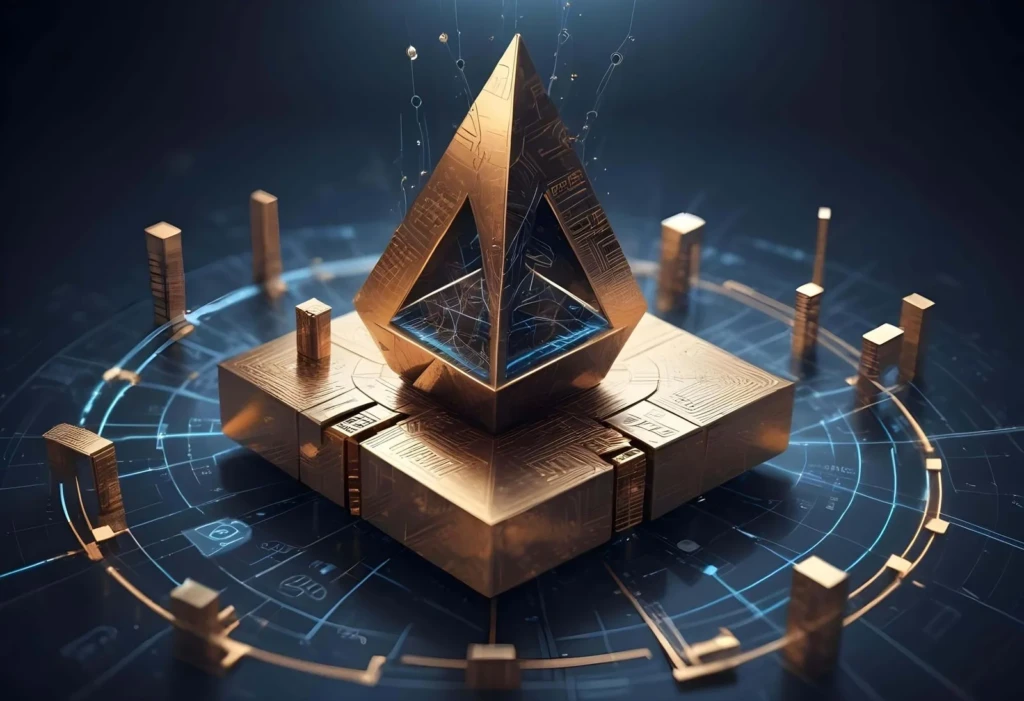What Does Composable Mean in DeFi?
In the fast-evolving world of decentralized finance (DeFi), few concepts have as much influence as composability. But what does composable mean in DeFi, and why is it reshaping the way we think about digital finance? This investigative deep dive unpacks the mechanics, risks, and transformative power of composable DeFi protocols—where decentralized applications interact like building blocks to create entirely new financial services.
Understanding Composability in DeFi
The Building-Block Principle
At its core, composability refers to the ability of different decentralized applications (dApps) and smart contracts to seamlessly integrate and interact with one another. When we ask what does composable mean in DeFi, we’re talking about a system where protocols are designed like modular Lego pieces.
Each component—whether a lending platform like Aave or a decentralized exchange like Uniswap—can be combined with others to create complex financial products without needing to rebuild core infrastructure. This interoperability is not just a technical feature; it’s the foundation of DeFi’s rapid innovation.
Why Composability Matters
Composability allows developers to focus on creativity rather than reinventing the wheel. Instead of coding an entire decentralized bank from scratch, they can layer existing services—borrowing from one protocol, trading on another, and automating the process through a third. This creates a “money-Legos” ecosystem where the sum is greater than its parts.
How Composability Powers DeFi Innovation
Rapid Product Development
Developers can launch complex products in days, not months. Yield aggregators like Yearn Finance are prime examples: they route user funds through multiple protocols to maximize returns. Yearn didn’t need to build its own lending markets or exchanges; it simply composed existing ones.
Network Effects and Liquidity
When protocols are composable, liquidity can flow freely. For example, liquidity provided on Uniswap can be used as collateral on Compound or Aave. This cross-protocol synergy increases market efficiency and attracts more users, creating a positive feedback loop that accelerates growth across the DeFi sector.
Lower Barriers for Startups
Small teams with limited resources can build powerful tools by leveraging existing infrastructure. This democratizes innovation and allows niche financial products to emerge rapidly—whether it’s synthetic assets, decentralized insurance, or algorithmic stablecoins.
Risks and Challenges of Composable DeFi
Systemic Risk
The same interconnectedness that drives innovation also creates risk. If one key protocol is exploited or fails, the impact can cascade across the ecosystem. The 2020 hack of the bZx protocol highlighted this danger when vulnerabilities affected multiple DeFi platforms simultaneously.
Smart Contract Vulnerabilities
Composable systems depend on multiple smart contracts. A flaw in any single contract—whether in a lending pool or a liquidity aggregator—can jeopardize the entire chain of integrations. Auditing becomes more complex as the number of interacting protocols grows.
Regulatory Uncertainty
Composable DeFi challenges traditional financial oversight. Regulators struggle to apply existing frameworks to a system where no single entity controls the entire product. As global scrutiny intensifies, projects may need to adopt new compliance mechanisms without undermining decentralization.
Real-World Examples of Composability
MakerDAO and DEX Integrations
MakerDAO’s DAI stablecoin is used as collateral, medium of exchange, and liquidity provider across multiple DeFi platforms. This is composability in action: DAI’s reliability encourages other protocols to integrate it, reinforcing its role in the ecosystem.
Cross-Chain Composability
New solutions like Cosmos and Polkadot aim to extend composability beyond Ethereum. These platforms facilitate interoperability between blockchains, enabling developers to build multi-chain financial products.
How Developers Leverage Composable DeFi
Smart Contract Standards
Standards like ERC-20 and ERC-4626 simplify integration. Developers can trust that tokens and vaults will work consistently across protocols, reducing friction and boosting security.
Layer-Two Solutions
Layer-two scaling platforms such as Arbitrum and Optimism enhance composability by offering lower fees and faster transactions. This encourages more complex, high-frequency interactions between dApps.
Future Outlook: The Next Phase of Composable Finance
Analysts predict that composability will drive the next wave of decentralized finance, often referred to as “DeFi 2.0.” Expect to see:
- Institutional Adoption: Banks and asset managers exploring composable products to create custom yield strategies.
- Cross-Sector Integration: Merging DeFi with decentralized identity, supply chain management, and gaming.
- Automated Governance: DAOs (Decentralized Autonomous Organizations) coordinating composable ecosystems without centralized control.
The question of what does composable mean in DeFi will continue to evolve as these innovations blur the lines between traditional finance and decentralized systems.
FAQ: What Does Composable Mean in DeFi?
Q1: What does composable mean in DeFi for everyday users?
It means users can access services like lending, trading, and staking across multiple platforms seamlessly, often within a single interface.
Q2: How does composability differ from interoperability in DeFi?
While interoperability ensures different blockchains can communicate, composability focuses on building interconnected financial services on top of those networks.
Q3: What does composable mean in DeFi when it comes to security?
It implies shared risk—if one protocol is exploited, connected platforms may be affected, making rigorous audits and layered security essential.
Q4: Can traditional banks adopt composable DeFi concepts?
Yes. Forward-looking institutions are exploring composable finance to create flexible, on-demand financial products that combine decentralized and centralized elements.
Analytical Conclusion
What does composable mean in DeFi? It represents the core principle that decentralized finance can be more than a collection of isolated services. By enabling protocols to interlock like digital Legos, composability accelerates innovation, fosters liquidity, and empowers both developers and users.
However, with great flexibility comes systemic risk. As DeFi matures, developers, regulators, and investors must balance the creative freedom of composable systems with robust safeguards. The next frontier—cross-chain and multi-sector composability—could extend this concept beyond finance itself, reshaping how we interact with the entire digital economy.

